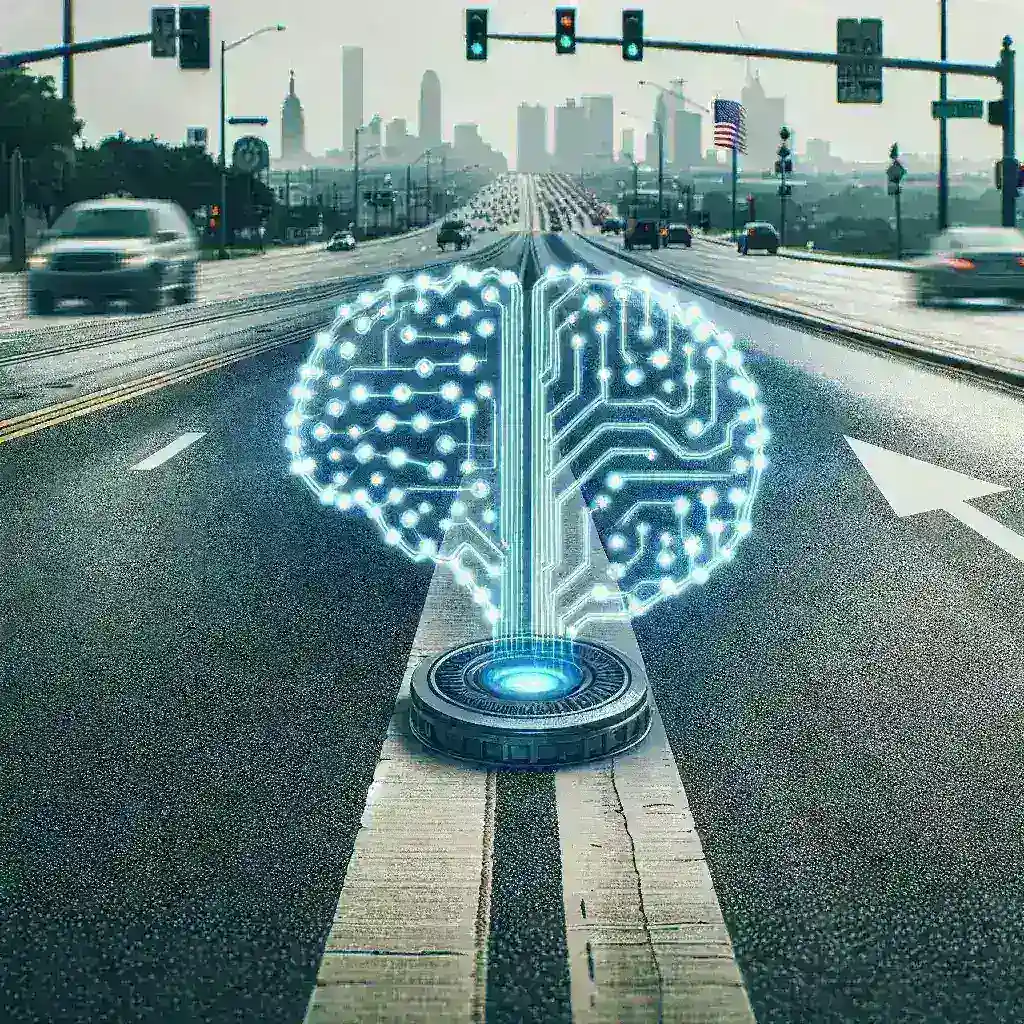Introduction
The U.S. Department of Transportation (DOT) is at the forefront of innovation with its latest initiative to test smart road sensors integrated with artificial intelligence (AI). This initiative promises to revolutionize traffic management and enhance road safety, making it one of the most ambitious projects in recent transportation history. In this article, we will explore the significance of this initiative, its potential benefits, possible challenges, and the future landscape of transportation with AI-enhanced smart road sensors.
Understanding Smart Road Sensors
Smart road sensors are advanced technologies designed to monitor traffic conditions, vehicle movements, and environmental factors in real time. Unlike traditional traffic management systems that rely on basic timing mechanisms, these sensors utilize cutting-edge AI algorithms to process data and make informed decisions that optimize traffic flow.
Key Features of Smart Road Sensors
- Real-time Data Collection: Smart sensors continuously gather data on vehicle speed, volume, and type, as well as weather conditions.
- AI Integration: The data collected is analyzed using AI to provide predictive insights and enable proactive traffic management.
- Connectivity: These sensors can communicate with vehicles and traffic management systems to improve overall transportation efficiency.
The Role of the U.S. Department of Transportation
The DOT has been a leader in adopting new technologies to improve transportation systems across the nation. Their involvement in testing smart road sensors showcases their commitment to enhancing public safety and optimizing traffic flow.
Objectives of the Testing Initiative
The primary goals of the DOT’s testing initiative include:
- Improving Traffic Management: By using AI, the DOT aims to reduce congestion and improve travel times.
- Enhancing Road Safety: Smart sensors can alert drivers to hazardous conditions in real-time, potentially reducing accidents.
- Data-Driven Decision Making: Collecting vast amounts of data allows for better infrastructure planning and policy-making.
Advantages of AI-Integrated Smart Road Sensors
The integration of AI with smart road sensors presents several advantages:
1. Enhanced Traffic Flow
AI algorithms can analyze real-time data to optimize traffic signal patterns, thereby reducing wait times at intersections and improving overall traffic flow.
2. Improved Safety
With the ability to detect unusual traffic patterns or potential hazards, these sensors can provide early warnings to both drivers and traffic management centers.
3. Environmental Benefits
By optimizing traffic flow, smart road sensors can help reduce vehicle emissions, contributing to a greener environment.
4. Cost Efficiency
Long-term implementation of smart sensors can lead to significant savings in infrastructure maintenance and operational costs.
Challenges and Considerations
While the benefits are promising, the implementation of AI-integrated smart road sensors is not without challenges:
1. High Initial Costs
The technology and infrastructure required for smart sensors can be expensive, posing a challenge for budget-constrained municipalities.
2. Data Privacy Concerns
Collecting extensive data on vehicle movements raises concerns about privacy and how this data will be used.
3. Integration with Existing Systems
Ensuring that new smart sensors can communicate effectively with existing traffic management systems is critical for successful implementation.
Future Predictions for AI and Transportation
As the DOT continues testing smart road sensors, we can anticipate several future developments:
1. Widespread Adoption of Smart Infrastructure
As successful pilot programs emerge, other cities and states may follow suit, leading to a nationwide rollout of smart road sensors.
2. Increased Collaboration
Collaboration between government entities, tech companies, and academic institutions will likely accelerate advancements in smart transportation technologies.
3. Evolution of Vehicle Technology
The rise of connected and autonomous vehicles will complement the effectiveness of smart road sensors, creating a seamless transportation ecosystem.
Real-World Examples
Several cities across the U.S. have already begun implementing smart road sensors:
- San Francisco: The city has installed smart traffic lights that adapt to real-time traffic conditions.
- Los Angeles: LA is testing AI algorithms to manage traffic flow more effectively along major freeways.
- New York City: NYC is working on a smart parking system that guides drivers to available spots in real-time, reducing congestion caused by searching for parking.
Conclusion
In conclusion, the U.S. Department of Transportation’s initiative to test smart road sensors with AI integration holds significant promise for the future of transportation. While challenges exist, the potential benefits in terms of safety, efficiency, and environmental impact are compelling. As technology continues to evolve, the integration of AI into transportation systems represents a critical step toward creating smarter, safer, and more efficient roadways.

